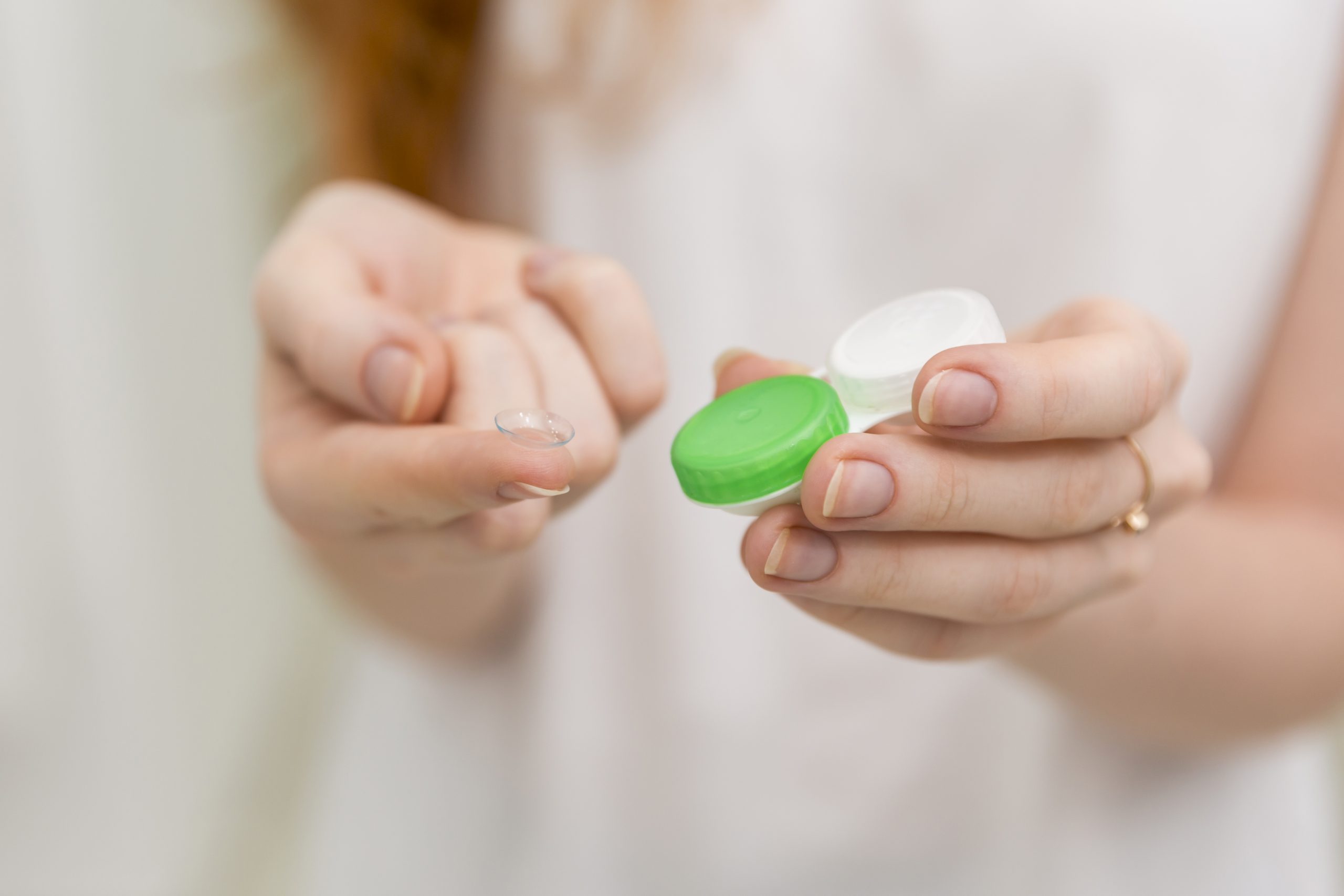

Millions of people wear contact lenses, including reusable ones, all around the world. However, these plastic lenses do not endure forever and must be replaced every few days, weeks, or months. Researchers have devised a way to examine minute particles in small samples and discovered that lenses exposed to sunlight over time can shed microscopic fragments of plastic, however the health impact is unknown.
Though scientists are currently wrestling with the health and environmental implications of microplastics, it is critical to understand where they can appear and what systems they may affect. Researchers typically filter plastic bits from significant volumes of collected water when evaluating aquatic microplastic pollution.
The fragments are then manually counted using a microscope, which is a slow and inconsistent procedure. Although more automated solutions have been developed, the procedures continue to be time demanding. So Bing Wu and colleagues set out to create an automated system for detecting and counting microplastic particles in tiny samples like contact lenses.
The researchers collected six different types of contact lenses from diverse brands and with varying lifespans. To simulate regular wear and care, the lenses were stored in water, placed under a lamp that resembled sunlight, and cleaned three times every ten hours. The water in which each lens was stored was tested after it had received the equivalent of 30 or 90 days of sunlight.
To count the microplastics in the small samples, the researchers created an automated system that captured microscopic photos of the samples, analyzed those images, and counted the quantity of microplastics present.
The scientists discovered that in experiments using standard levels of microplastics, the new system’s assessments were faster and more accurate than when the samples were evaluated manually. No microplastics were found in the absence of simulated sunshine. However, when the contact lenses were exposed to the equivalent of 90 days of sunlight, the researchers noticed an increase. After this exposure, the lenses with the shortest lives lost the most microplastics.
Based on their findings in this small-scale investigation, the researchers estimate that some lenses might shed more than 90,000 microplastic particles each year if worn for 10 hours every day. The human health consequences of direct microplastics exposure to the eyes is unknown at this time, but the researchers say their findings indicate that more research in this area is urgently needed.
more recommended stories
 Ultramarathon Physiology: What HCPs Should Know?
Ultramarathon Physiology: What HCPs Should Know?Ultramarathon Metabolism: What Happens to the.
 High-Intensity Training and Oxidative Stress Insights
High-Intensity Training and Oxidative Stress InsightsNew Evidence Linking High-Intensity Training and.
 Sterilized Fermented Beverage for Obesity: New Evidence
Sterilized Fermented Beverage for Obesity: New EvidenceEarly Insights Into a Sterilized Fermented.
 36-Week Pre-eclampsia Screening May Reduce Term Risk
36-Week Pre-eclampsia Screening May Reduce Term RiskA New Preventive Strategy for Term.
 Cardiovascular Risk and Sudden Cardiac Death in Diabetes
Cardiovascular Risk and Sudden Cardiac Death in DiabetesRising Sudden Cardiac Death (SCD) Risk.
 Poor Kidney Function and Alzheimer’s Biomarkers Explained
Poor Kidney Function and Alzheimer’s Biomarkers ExplainedPoor kidney function may influence levels.
 Perinatal Mental Health Challenges Highlighted in New Study
Perinatal Mental Health Challenges Highlighted in New StudyMental Health Challenges in New Parents:.
 Walking Speed Before Hip Replacement Predicts Recovery
Walking Speed Before Hip Replacement Predicts RecoveryNew Evidence Points to a Simple,.
 Neuroblastoma Drug Combo Extends Survival in Models
Neuroblastoma Drug Combo Extends Survival in ModelsA Promising Shift in High-Risk Neuroblastoma.
 How Soybean Oil Impacts Weight Gain and Metabolism
How Soybean Oil Impacts Weight Gain and MetabolismWhy Soybean Oil May Affect Metabolism.

Leave a Comment